Facing Downturn, Scion Turns To Metal To Move Metal
A lengthy Automotive News [sub] story on Scion concludes with Scion VP Jack Hollis restating the brand’s basic myth:
Scion was not created for Scion’s sake. Scion was created for Toyota’s sake. It is an investment in Toyota’s collective future.
Hollis’s argument is bolstered by the scenario in which a youngster is attracted to a Scion store by the brand’s youth-oriented marketing, only to leave in a Corolla. Hollis argues that this model means Scion doesn’t have to worry about its sales volume… which is a good thing, considering the brand’s steady sales decline over the past four years. Hollis explains:
We still don’t go with a set [volume] number. Scion wants to be more influential. We want to talk to more people. We’re getting the right people, so the real question is: How do we get more of them?
I don’t know about you, but creating a brand to be “influential” and to “talk to more people” sounds like some vintage, dry-aged, old-school GM branding nonsense. And given that Scion’s sales decline coincided with the rollout of less-distinctive, more Toyota-like products, Scion’s apparent comfort with its recent declines smack of Old GM-style apathy as well (Scion execs respond with the old “but we gave customers what they wanted” chestnut). But don’t worry… Scion has a plan!
How is Scion adapting? According to AN [sub]:
Responding to its multiyear sales slump, Scion is adding two all-new vehicles, including a sporty, $20,000-plus coupe… Scion also is making its retail sales approach a little less laid-back. And Toyota may build Scions in the United States to negate the currency disadvantage hitting its current Japan-built lineup.
Those two new products are the FR-S (FT-86/Toyobaru) sports coupe, which will expand the Scion brand into a performance-oriented niche it has never played in before, and the Scion iQ, a European-style premium city car. Neither will offer the low-cost, high-value positioning that defined Scion’s relatively successful first generation of products, although the iQ does seem to be the relatively better fit for the brand, offering high efficiency and urban utility in a tiny package. The FR-S, in particular, will be priced out of Scion’s traditional entry-level market, and will offer a level of performance and enthusiast-orientation that has never been a key part of the brand. Meanwhile, does that sales chart at the top of this story indicate that Scion should be expanded upmarket, or return to its roots?
But Scion is returning to its roots… in its least-compelling venue, namely marketing. Though niche-oriented marketing has been the one constant amid Scion’s fluctuating product mix and positioning, it’s largely been overly niche-oriented to the point of self-parody. Not that deviants don’t need cars too, but the real fuel economy and practicality value propositions offered by Scion’s first generation (in particular) often attracted a much-older consumer, creating a strange disconnect between Scion’s image and its reality. But don’t look for any of that to change, as Scion is doubling down on its too-cool-for-school positioning.
It is expanding its underground cultural reach into areas such as the “death metal” music scene. The rise of social media means Scion is loosening up the way it talks with Gen Y.
This gets back to the central myth of the Scion brand that Hollis points to, namely thatToyota has always viewed Scion as more of a mad-scientist laboratory than a profit center. It was intended to attract young buyers to the Toyota family in a way that mainstream Toyota compact cars never could.To understand how deeply self-deluded this perspective is, one must only look at the collapse of Scion’s sales and compare them to the competition’s movement towards offering ever-more-Scion-like products as part of their mainstream brands. From the Mazda2 to the Hyundai Veloster, from the Ford Fiesta to the Kia Soul, mainstream brands are adding fresh, funky, fuel-efficient cars to their lineups which are eating Scion’s lunch in sales, while directly refuting Toyota’s absurd perception that younger buyers will avoid cars aimed at them if they’re presented as part of a mainstream brand. After all, the Hyundai brand is expanding down into Scion territory with its Accent and Veloster, while simultaneously moving up into the luxury segment with its Genesis and Equus models.
Perhaps then, Toyota over-emphasized the importance of unique, youth-oriented brands. But, more tragically, Toyota also did its own mainstream brand a huge disservice by splitting off a youth brand, thereby signaling that Toyotas were, in fact, boring, utilitarian, unexciting vehicles. Why weaken a mainstream (and therefore, inherently flexible) brand in order to create a mediocre, over-marketed, under-delivering brand (according to a mystery shopper survey, Scion’s sales practices are third-worst in the industry, while Toyota ranks at about the industry average)? The sooner Toyota sees the light and pulls the plug on its failed Scion experiment, or at least return it to its original vision, the better.
More by Edward Niedermeyer
Latest Car Reviews
Read moreLatest Product Reviews
Read moreRecent Comments
- Lorenzo I just noticed the 1954 Ford Customline V8 has the same exterior dimensions, but better legroom, shoulder room, hip room, a V8 engine, and a trunk lid. It sold, with Fordomatic, for $21,500, inflation adjusted.
- Lorenzo They won't be sold just in Beverly Hills - there's a Nieman-Marcus in nearly every big city. When they're finally junked, the transfer case will be first to be salvaged, since it'll be unused.
- Ltcmgm78 Just what we need to do: add more EVs that require a charging station! We own a Volt. We charge at home. We bought the Volt off-lease. We're retired and can do all our daily errands without burning any gasoline. For us this works, but we no longer have a work commute.
- Michael S6 Given the choice between the Hornet R/T and the Alfa, I'd pick an Uber.
- Michael S6 Nissan seems to be doing well at the low end of the market with their small cars and cuv. Competitiveness evaporates as you move up to larger size cars and suvs.
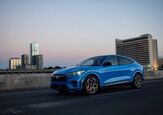
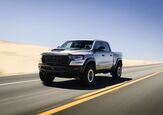
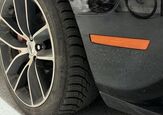















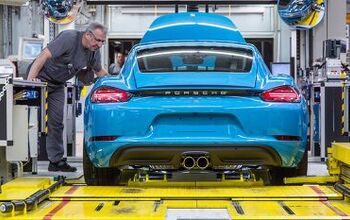

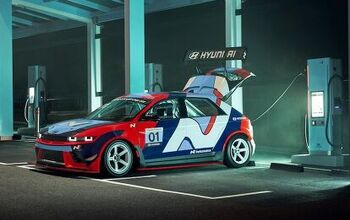
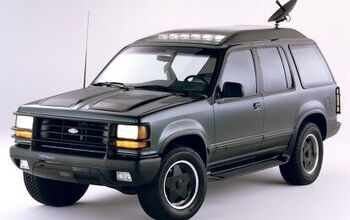
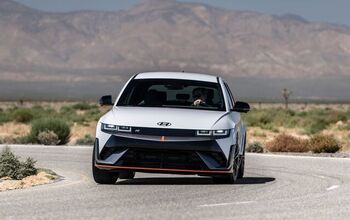

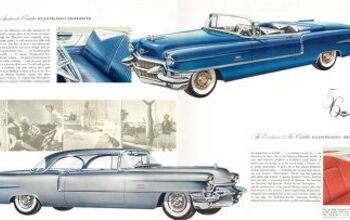



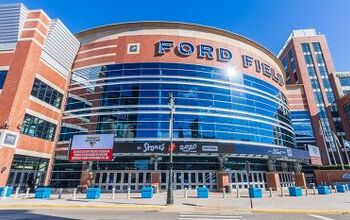
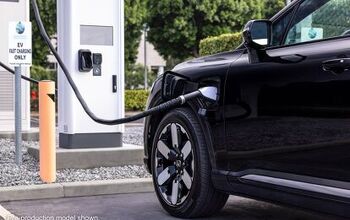

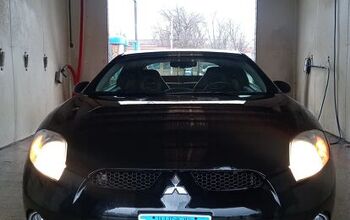
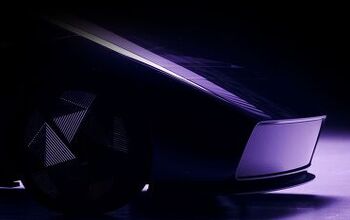

Comments
Join the conversation
I think higher prices and customer misunderstanding about a new brand. Lexus is a different story. Lower prices, design improvement and sale it as Toyota and things, may get better. Think in a TOYOTA Xb, with a Corolla 1.8 engine, priced a little over a Kia Soul.
To be honest, I have never been too wild about the first gen xB and the xA was better but neither impressed me and part of the problem was, while MOST cars came with alloy rims as standard or at least as an option, neither car got them standard, just as options and NO ONE bought them, instead, went with aftermarkets, come on now. The original xB was a little TOO boxy and the wheels looked TOO small for the boxy body, the current model is better, but it looks heavier and somewhat more bloated than the original, which looked like a light weight vehicle for its size, now it just looks kind of heavy, but be that as it may, it's styling cues are an improvement IMO. The xA, it was a nice enough looking car and I liked it better than the first gen xB, however, I prefer the xD of the current car even if its based on the Yaris. But reading that people would not even consider it again left me kind of cold, as did the Yaris itself and the xD had some improvements made to it over the Yaris. And no, I'm not a young guy by any means, I'm middle aged and am ACTUALLY looking at getting the Fiat 500 over much of these types of cars, even the Kia Soul, Honda fit etc. Liked the fiesta from Ford but still, the 500 is the most fun little car I've had a chance to drive so far that sells for $20K or less.